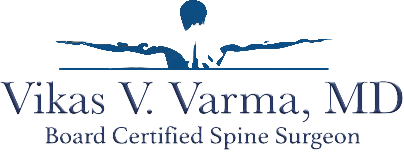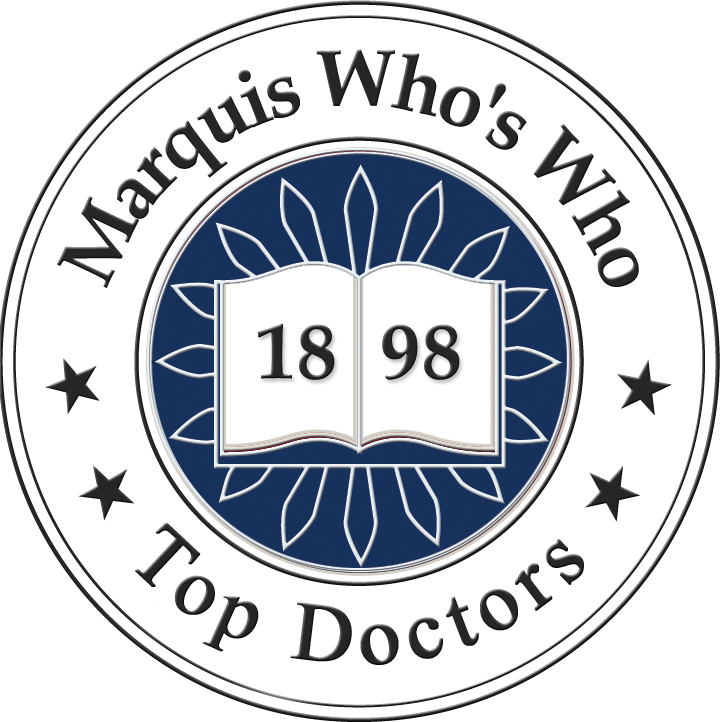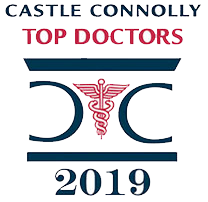Who Suffers from Spinal Deformities?
While spinal deformities like scoliosis are relatively common in young children & teens, when they occur in adults, they will generally affect the older population – those 50 and up. According to studies, over 60% of adults over the age of 60, suffer from some degree of degenerative scoliosis.
Diagnosis
In order for your physician to diagnose your spinal deformity a series of tests may be required. These tests can include:
- Physical Examination
- X-Rays – Imaging of the bones in the spine.
- CT Scan – Computed Tomography; creates a 2D image of the spine to show changes in the bone structure.
- MRI – Magnetic Resonance Imaging; uses radiofrequency waves to provide a imaging of the soft tissue in and around the spine, like discs, nerves, ligaments & more.
- Myelogram – An X-Ray that uses a contrast dye to enhance the imaging of the spinal canal and the surrounding area.
Treatment Options
Treatment Options are often determined by the severity of your spinal deformity and the symptoms associated with it, rather than just the size of the curve. Generally, treatment is progressive, meaning it begins with the least invasive options and slowly advanced based on if they are successful or not. Treatment options include:
- Self-Care, Chiropractic Care or Physical Therapy – Exercises, stretches, massages and the practice of good posture to improve your spinal issues.
- Medication
The use of both OTC and prescription medication in order to help you deal with pain and inflammation. Options include anti-inflammatory drugs, analgesics, oral or epidural (injections) steroids, and even facet joint injections, corticosteroid injections into the facet joint to stop swelling & pain.
- Bracing
May help in the short-term and to prevent the spinal curve from worsening. Used in the interim before surgery.
- Surgery – Surgical options are dependent upon your specific deformity and your specific symptoms. Surgical options include:
- Decompression – When the deformity causes nerve compression & pain, a procedure is performed to remove this compression.
- Spinal Fusion – Often, especially when a disc may have collapsed on a nerve or has degenerated too far, spinal fusion is required. Fusion involves joining two vertebrae with a bone graft, held together by some type of hardware like a plate, rod, screws, and more. The goal is to join the discs above and below the issue to create one solid area of bone – this does limit the spines flexibility, however.
- Reconstruction or Instrumentation – Severe deformities may require that the bone be cut and/or the spine be stabilized with long rods or screws.
Spinal deformities are a broad topic and can cover a host of different issues and symptoms. For those suffering from any type of alignment issue or problem with their spine’s curvature, please contact Dr. Varma today.







